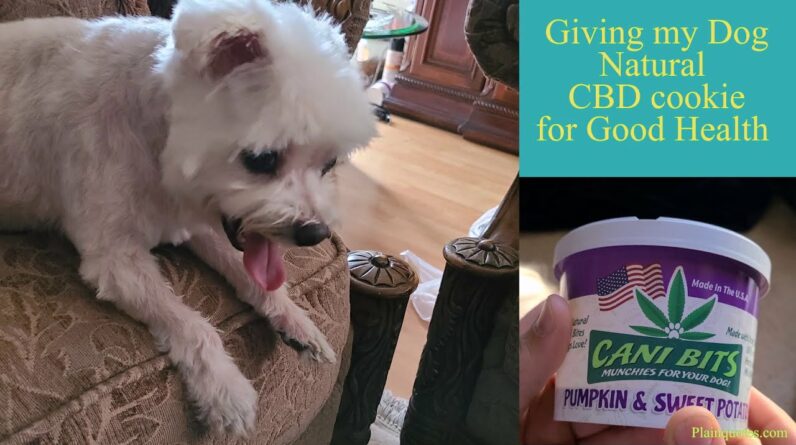Dealing with Dog Separation Anxiety
Your dog’s usual barks or “bow wows” may not always carry the same message. As your dog approaches you, don’t be fooled. Your pet, that may very well be your best friend, may not be asking for the same doggy munchies. Maybe – just maybe – your mutt-friend is experiencing an overwhelming feeling of fear – separation anxiety in dogs.
Separation anxiety in dogs commences after they sense a hint that their master is about to leave. Getting the car keys, turning of the knobs, and other usual morning routine – these hints act like stimuli, or more appropriately, warning signs that tend to get the dog’s attention.
This scenario can lead into disaster as dogs, due to separation anxiety, start to behave destructively. Destructive behavior may include leaving furniture, shoes and other objects inside the house or near the dog’s spot full of paw marks, bites, and scratches.
Sometimes, just like how the puppy howls after being separated from its mother, dogs will bellow unhesitatingly as manifestation of its separation anxiety. Studies prove that dogs, like humans, can also feel an overwhelming fear whenever they feel being left behind. Fortunately, similar to how human anxiety is taken cared of, separation anxiety in dogs is also treated via several methods and medications. To be sure, treatment of animal boredom and anxiety is quite different. Separation anxiety in dogs usually occurs in due to the “super close” attachment between dog and master. Dogs that are “too close” to its master tend to demand constant attention from its handler.
Even the most fervent animal owners must understand that while showing love is important, it is also vital to train a dog to be independent and accept temporary periods of separation. Animals, dogs in particular, that struggle with separation anxiety will show anxiety-related behavior whenever it feels alone or understands that it will eventually be left alone. Having a pet that behaves oddly because of separation anxiety is definitely a problem. In mild cases, your animal may just show a bit of panting or less destructive behavior. In serious cases, dogs may cause intolerable damage to your property and those of your neighbors. You wouldn’t want an annoying neighbor to pester you with qualms about your dog right?
At this juncture, it is important to have information on how to deal with your mutt menace. There are several practical solutions to effectively address separation anxiety in dogs. Check them out.
Encourage Independence
A little distance isn’t always equal to cruelty and neglect. Train your animals to be independent by not always giving in to all its whims. Let them also play with other people so whenever you are forced to get out of the house, your dog wouldn’t end up having shredded sofas and paw-markings on the front door.
Promote Independence
It is also important to make your dog’s house or spot clean, habitable and healthy for your pet. The less conducive the place is, the more the animal would like leave in oder to go to you. This would further strengthen the animal’s attachment with the owner. However, if you let the animal feel comfortable where it is supposed to stay, eventually, your dog will learn to “stay”, and actually enjoy it. Treating separation anxiety in dogs is important to the health of your pet and to maintaining order in your home.







